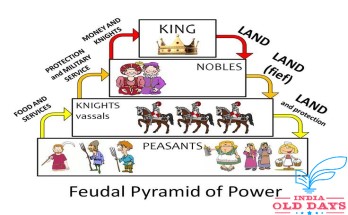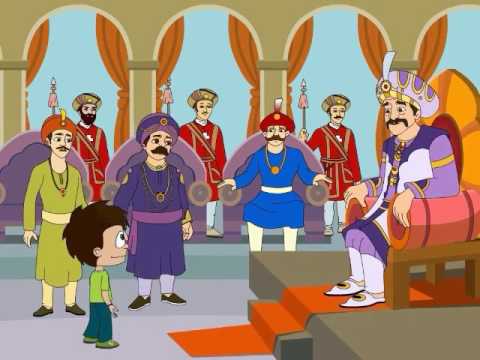Ancient Period States
In ancient India, monarchy was common practice, Whose ruling power was in the hands of a hereditary king. But the ancient literature and foreign writers’ description shows, That along with the monarchical states there were some other types of states in different eras of ancient history. Their details are as follows-
Republic or Union State
In this, the sutra was not in the hands of a hereditary king but in the hands of Gan or Sangh. In ancient literature this type of state has been given the name of Vaidya. At the time of Sikander’s invasion, several republics existed in the plains of Sindh and the Ganga valley in Punjab and Buddha period. Among them, Malav, Arjunayan, Lichhavi, Madrak, Shakya, Moriya etc. are particularly notable. Its governance was governed through a central committee or institution.
Dual state
This type of state implies, In which two kings are ruled simultaneously. This type of rule was in the city of Sparta, Greece. The description of the Greek writers suggests that this type of Governance was prevalent in Patal (Sindh) at the time of Sikander invasion of India. Altekar is of the view, that when two brothers and Successors chose the rule jointly instead of dividing the state then the dual state would have started. but this type of governance was not sustainable and these state must have been centers of factionalism and mutual struggle. It has been said in the Economics that the dual kingdom is destroyed in mutual conflict. The Jain text Acharangasutra advises the monks not to go to such states. When the two rulers of the two states lived together, So that dual state and when there was struggle between them, so it was called the state against.
City State
In this, the neighboring parts were ruled by making a major city of capital. The Prevalence of such states was more prevalent in ancient Greece. It is informed from the description of Greek writings that at the time of Sikander’s invasion, some states in northwestern India were of the same type. Some city states like Nyasa, Shivi, Pimprama etc existed here. Arian tells us that Sikander had asked Nyasa as hostage to one hundred prominent citizens. On which the ruler there expressed his inability to say that the rule of the city would come to a standstill due to the loss of so many citizens. it is clear that here was a city state.
Federal and United state
There is also evidence of the existence of federal or united states in western India. In the later Vedic era Kuru – Panchal was a union of states. At the time of Sikander,s invasion, Punjab was a union state of the Malavas and the Kshudrak. Three states were also included in the Yudayya Republic. During the Buddha era powerful states like Vajjasangh and Mallesangh were established. Jain texts reveal that the lichchavi Chief chetak established a union of nine Mallas and 18 kings of Kashikoshal to face magadhraj Ajatshatru. Much is not known about the governance method of the federal states.
Thus in ancient India we see the existence of various categories of states. Among them, the most accepted and prevalent system was the Monarchy. From very ancient times, the king was considered the source of power and it was believed that all officers and institutions take authority from him.
Reference : https://www.indiaolddays.com




